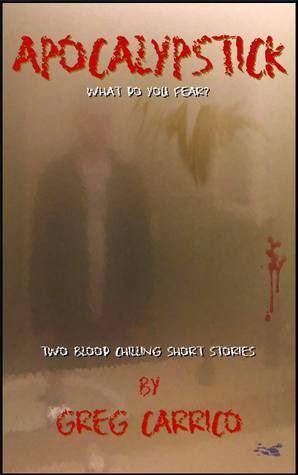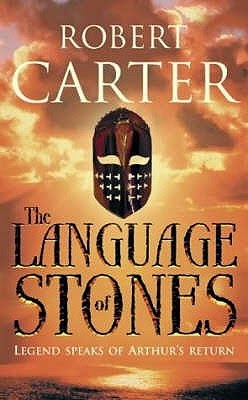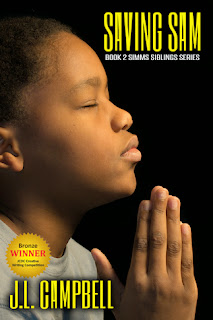Thanks for inviting me to guest post at BWATE. Like most of us,
this is super-busy time of year for me. I’m launching a new business this
month, preparing for next month’s release of the 2nd book in
my super-hero/horror series, Sand, and I’m writing an entirely new six-book
series with my awesome new writing partner Jennifer L Oliver. But even with all
of this AND the holidays, I simply had to do this post. Food Fiction? Two of my
favorite things in one place? Brilliant!
If you are reading this and have never read any of my stories, which is a pretty safe assumption, I write dark science fiction and horror. My first title was a book called Apocalypstick, which contains two short stories about men who wreak havoc upon the world because of the unrealistic ways that they view women.
If you are reading this and have never read any of my stories, which is a pretty safe assumption, I write dark science fiction and horror. My first title was a book called Apocalypstick, which contains two short stories about men who wreak havoc upon the world because of the unrealistic ways that they view women.
The first story is a post-apocalyptic tale about a man with extraordinary powers who tries to rescue a handful of humans from a monster-infested Manhattan. As you can probably guess, food is sort of a big deal in any post-apocalyptic setting, and that is equally true with this one. I’m going to leave it there for this story, because I wrote a novel based on "Killing Tiffany Hudson", and what the characters eat -or don’t eat- hints at the Big Secret behind the main character and her twin brother.
The second story in Apocalypstick, "Finding Home", is part paranormal horror and part psychological thriller, and food plays an important thematic role. The story is told in first person from the perspective of a very troubled man who wants nothing more than a happy, normal life in a place he can call home. Chaos and bloodshed ensue.
But along the way he eats! Each mention of food in "Finding Home" is symbolic of the character’s progress in his journey. This made sense to me because nothing says Home like food. At first, he is drinking cheap cola from a can and stale ham sandwiches from a cooler in a minivan he stole from his previous “home.” Later, after he identifies his next dream-home, he enjoys slightly better fare in a hotel. A BLT and fries from room service. Feeling optimistic with his goal in sight, he goes to a movie and has popcorn. Things are looking up!
Like many of us, he has little time for breakfast and grabs a couple of baked goodies from the hotel buffet. But the moment in the story when he truly feels like this new home and family are for him is when he observes a woman cooking dinner for herself and her husband.
It is a simple meal. Baked chicken. Some veggies. Rice. The non-descript food takes a back seat to the fact that this couple’s meal represents the kind life that our main character so desperately craves, but knows he will never deserve. He wants the intimacy of sharing a meal cooked for him by someone who loves him. Eating on trays in front of the television; tossing little bits to the cute dog at his feet: these things belong to someone else. These experiences can never be his.
Ever the optimist, he decides that he has to try and make it work. And if a few more people have to die in the process, well, that’s just how life goes.
If you decide to see for yourself how this story plays out, you can get Apocalypstick for free from Amazon and most distributors, but be warned. "Finding Home" is creepy. It’s not graphic or gratuitous, but it will probably make your skin crawl. "Killing Tiffany Hudson" is more of an adventure story, and I expand the setting and lives of the characters in my novel Children of the Plague. My super-hero horror series, Sand, is set in the same world as a prequel, and so far includes Book 1: Shadow of the World, and Book 2: Phantom Drift, which will be released after Christmas.
Thanks for stopping by to share your food for thought, Greg!
You can find Greg and his books here:








